Continued from Part 2…
On Sunday morning, the hotel restaurant was much busier than the previous morning, so much so that they sat someone on our table while we were up getting our food! But with the misunderstanding cleared up, our breakfast was just as tasty as yesterday’s, and we had an extra pain-au-chocolat for me and pain-au-raisin for Helen since it’s our anniversary today! Full of food, we set off in to Cambridge city centre to explore.
I planned out the day to do a loop around the city, visiting as many attractions as we could, starting with the botanical gardens. Naturally the first thing that caught our eye on the way there was a beautiful church, Our Lady and the English Martyrs, which I had to snap a picture of, but we didn’t go inside. When we arrived at the gardens themselves, the first couple of areas we walked through were fairly unimpressive and we felt like we’d just been charged for entry to nothing, but as we kept on walking the gardens got more interesting and beautiful.
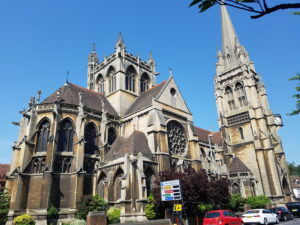
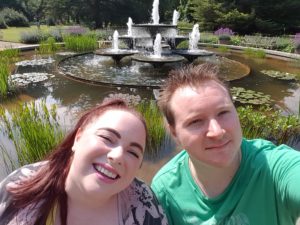
The fountain in the centre of the gardens was beautiful, lots of people stopping here to take selfies, so we had to join in. We took a particular liking to the rock garden, the systematic beds, and the woodland garden, though special mention needs to go to an apple tree descended from Sir Isaac Newton’s apple tree that inspired his theory of gravity. I’ve never met a famous tree before, I didn’t feel very star-struck.
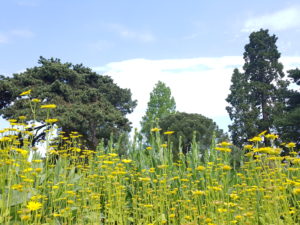
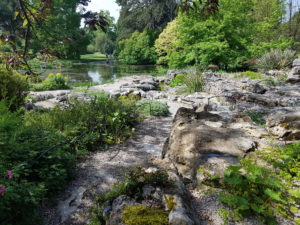
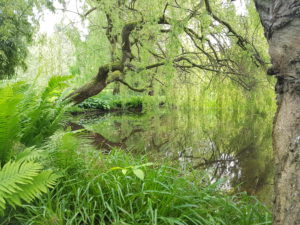

Coming out the other end of the botanical gardens, we headed up towards the Fitzwilliam Museum, but we arrived about 30 minutes before it opened, so walked on towards the mathematical bridge. At this point Helen stopped me and asked me to take a picture to which I was happy to oblige.
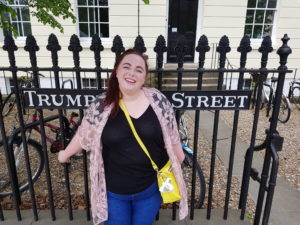
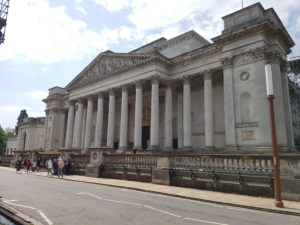
Despite being one of the most recommended tourist attractions in Cambridge, the mathematical bridge didn’t seem that impressive to us. Apparently it’s a very complex engineering feat, made up of a very mathematically-well-calculated set of timbers joined together to create a very strong structure despite not actually forming an arch even though it looks like it does (all the timbers are straight). Well it’s had to be rebuilt twice in the past two centuries, so the maths behind it can’t be that great!
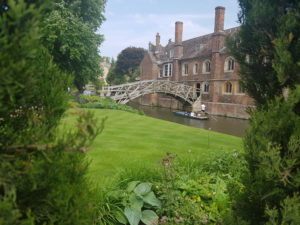
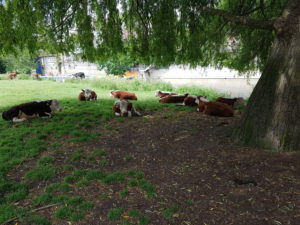
We stopped in at a pub called The Anchor on the bank of the River Cam and had a quick drink while we waited for the Fitzwilliam Museum to open up, watching some punters on the water, and a small herd of cows shelter in the shade of a large tree. It was very hot at this point, so we don’t blame them!
Back to the Fitzwilliam Museum, it was definitely worth the wait, the building itself was stunning, and there were dozens of different exhibitions, from ancient Egyptian sarcophagi to modern art projects. In the ancient Egyptian exhibition, there was the granite sarcophagus lid of King Ramesses III, Pharaoh of Egypt from 1183-1152 BC which was very big, and just around the corner a number of smaller more decorative coffins belonging to other important temple officials. We liked those of Nespawershefyt and Nakhtefmut (I can spell those since I took notes from the placards, but don’t expect me to pronounce them)!
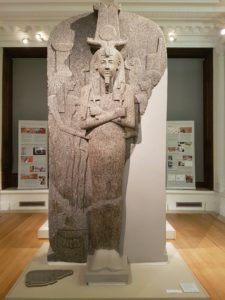
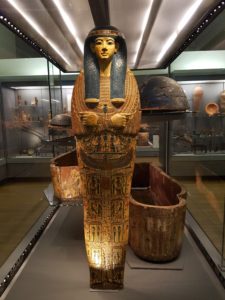
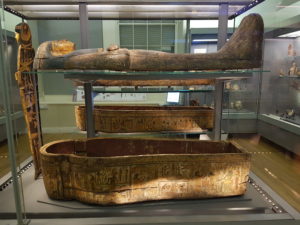
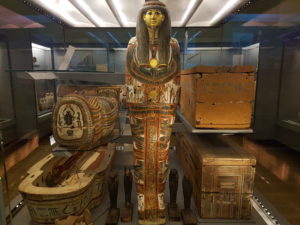
From here we went through to the ancient Greece and ancient Rome exhibitions, and I’m a big fan of these eras so I spent a long time here. Mainly pottery from Greece, and busts from Rome.
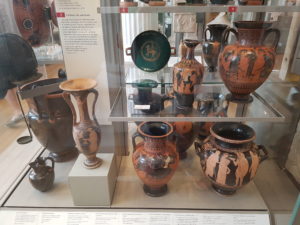
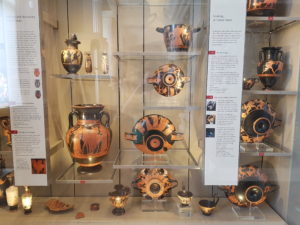
The busts here are of Antinous (no beard) and the Emperor Marcus Aurelius (with beard). Antinous was the youthful lover of Emperor Hadrian, who was declared a god by Hadrian after he drowned in the Nile. Marcus Aurelius is a symbol of the golden age of the Roman Empire, labelled as the last of the five good emperors, and known as the philosopher king. He’s also been the subject of a couple of films, Gladiator being a great example.
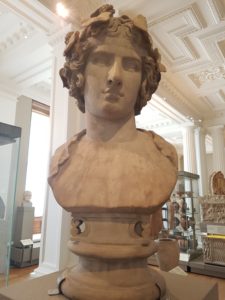
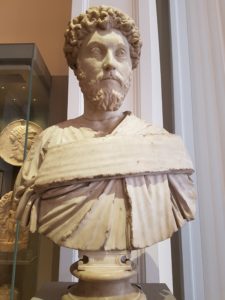
The ground floor held dozens more sculptures, weapons, treasure chests, and ornate cabinets. So many amazing pieces of history.
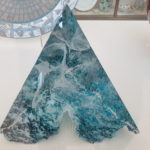
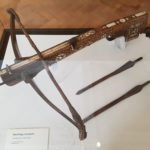
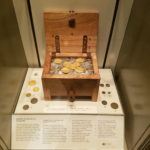
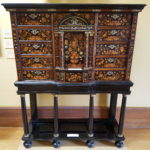
While the downstairs was reserved for historical artefacts, the upstairs of the museum was dedicated to artwork. Unfortunately the British exhibitions were all closed for roof repair and refurbishment, but there was still plenty of other pieces to look through. Half of the upstairs had restricted photography, but I was still able to snap some of my favourite historical pieces. The Four Days’ Battle by Abraham Storck depicts a naval battle of the second Anglo-Dutch war involving over 200 ships and resulting in the loss of over two-thousand lives on both sides, it remains one of the longest naval engagements in history. A View of Cleves from Muhlberg by Jan van der Heyden is another Dutch painting of the German city of Cleves.
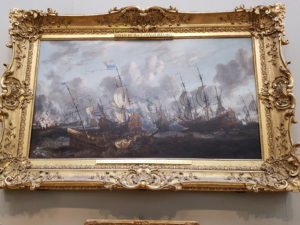
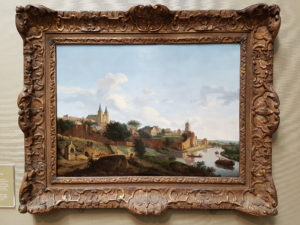
We made our way around the rest of the exhibitions, then found ourselves back at the entrance. I asked if any of the British exhibition pieces were on display anywhere else, but the three rooms had only just been closed to start moving them out before the repair work, so unfortunately they’d be out of sight for some time before being relocated. So we left the museum and continued with our tour of Cambridge.

Hope you’ve got some ideas for your garden following your visit to the gardens, maybe a water feature and your own version of the mathematical bridge.
No picture of you punting on the Cam?
We didn’t go punting, we had too much else to see, maybe next time we visit providing I don’t plan a busy loop!
A busy day. Great weather for the gardens and walking round the city. Bit worried about the leaning tower of the church. Is there a story behind Helen and Trump Street?
The tower isn’t leaning, that’s just the angle of the photo, don’t worry everyone’s safe! And it was actually “Trumpington Street”, so no story there I’m afraid!